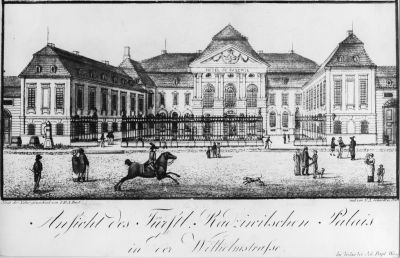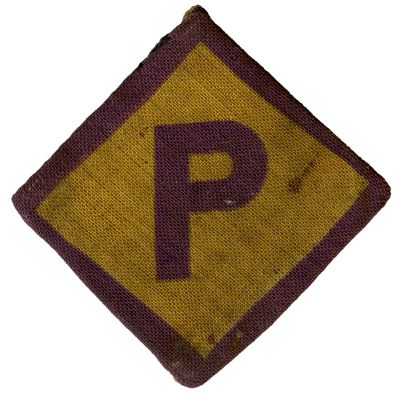German ‘Polenbegeisterung’ 1830

The fate of the Polish patriots was impressively caught in a painting made in 1832 by Dietrich Monten entitled “Finis Poloniae or the Poles’ Farewell to their Fatherland in 1831”. This image of tragically defeated heroes was intended to accompany the Poles on their journey and inspire Germans to help them. The reception of the Poles in Leipzig still remains famous today: all the leading personalities in the city took part and the event was impressively documented at a later date, especially in the first performance (1836) of the young Richard Wagner’s “Polonia Overture” with its musical quotations from Poland. Traces of this can still be found in many places in Germany today; in Dresden, in Marburg an der Lahn and hundreds of other places, above all in south-west Germany. These events came to a peak in the Hambach Festival in 1832.
A huge number of contemporary souvenirs, lithographs and documents bear witness to the widely known “Poland Songs” about these events that remained in the consciousness of the German people until way into the 1880s. This was shown, for example by Theodor Fontane in his autobiographical novel “My Childhood Years” (1893/94). Positive attitudes to Poles then suffered a dramatic set-back both in German politics and also in the consciousness of the people: the decision in the Frankfurt Church of St Paul 1848/49, Bismarck’s “negative policies towards Poland” (Klaus Zernack) and the events following the First World War threw a shadow on German enthusiasm for Poland. Indeed this went into reverse when the Germans marched into Poland in 1939. A basis for rebuilding understanding between the two peoples after 1945 was created by meetings arranged by the German-German “Action Atonement” (starting in 1958), Willy Brandt’s knee-fall in 1970, and a commitment to the Solidarność movement in 1981: and all this gradually led to friendly neighbourliness. This is shown in such organisations as the German-Polish Youth Foundation, German-Polish associations, the Foundation for German-Polish Cooperation, the Kreisau Foundation for European Understanding and in the civil society initiative of the Weimar Triangle (along with France), as well as in many other initiatives.
Konrad Vanja, February 2015
Further reading:
Wolfgang Michalka, Erardo C. Rautenberg and Konrad Vanja (eds.), Polenbegeisterung. An article in the Deutsch-Polnischen Jahr 2005/2006 on the travelling exhibition Frühling im Herbst. Vom polnischen November zum deutschen Mai. Das Europa der Nationen 1830-1832. Berlin: Kupfergraben Verlagsgesellschaft 2005, with the help of Gerhard Weiduschat.
Anna Kuśmidrowicz-Król, Piotr Majewski, Konrad Vanja, Gerhard Weiduschat: Solidarność 1830. Niemcy i Polacy po Powstaniu Listopadowym – Polenbegeisterung. Deutsche und Polen nach dem Novemberaufstand 1830. Warsaw: Zamek Królewski and Berlin: Museum Europäischer Kulturen 2005/2006
Helmut Bleiber, Jan Kosim (eds.), Dokumente zur Geschichte der deutsch-polnischen Freundschaft, 1830-1832, Berlin: Akademie Verlag, 1982.














